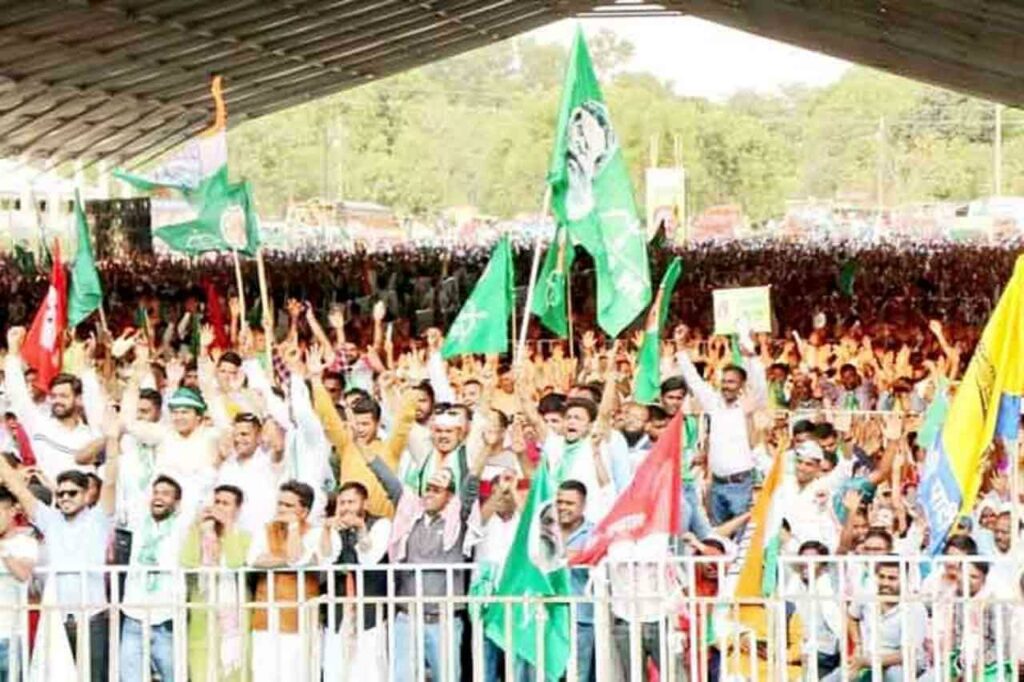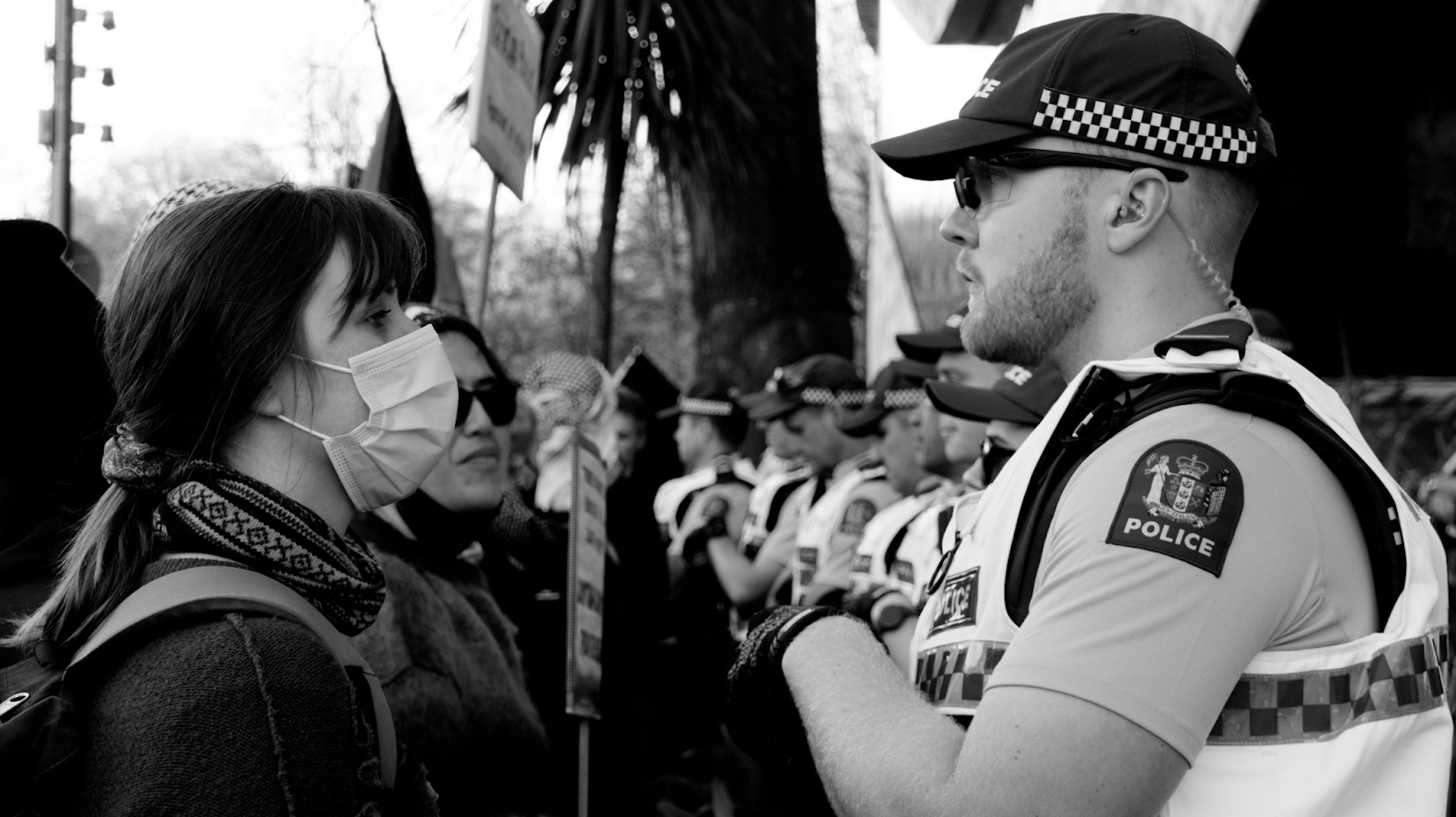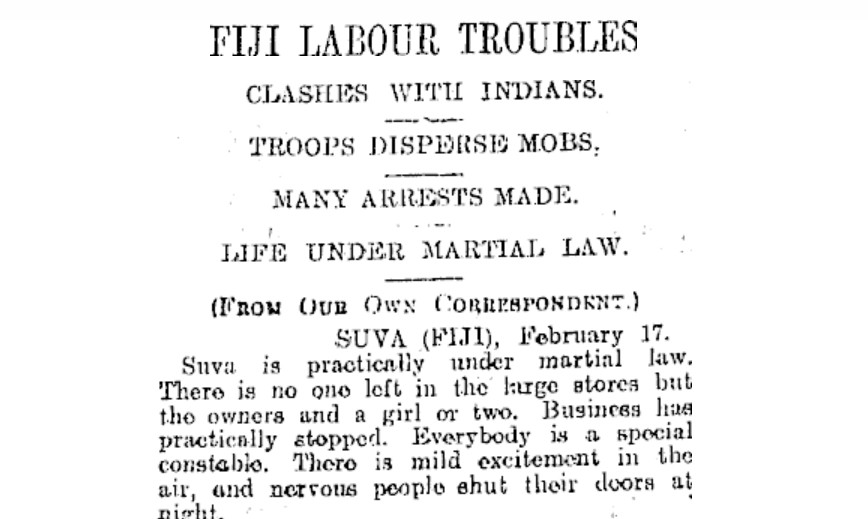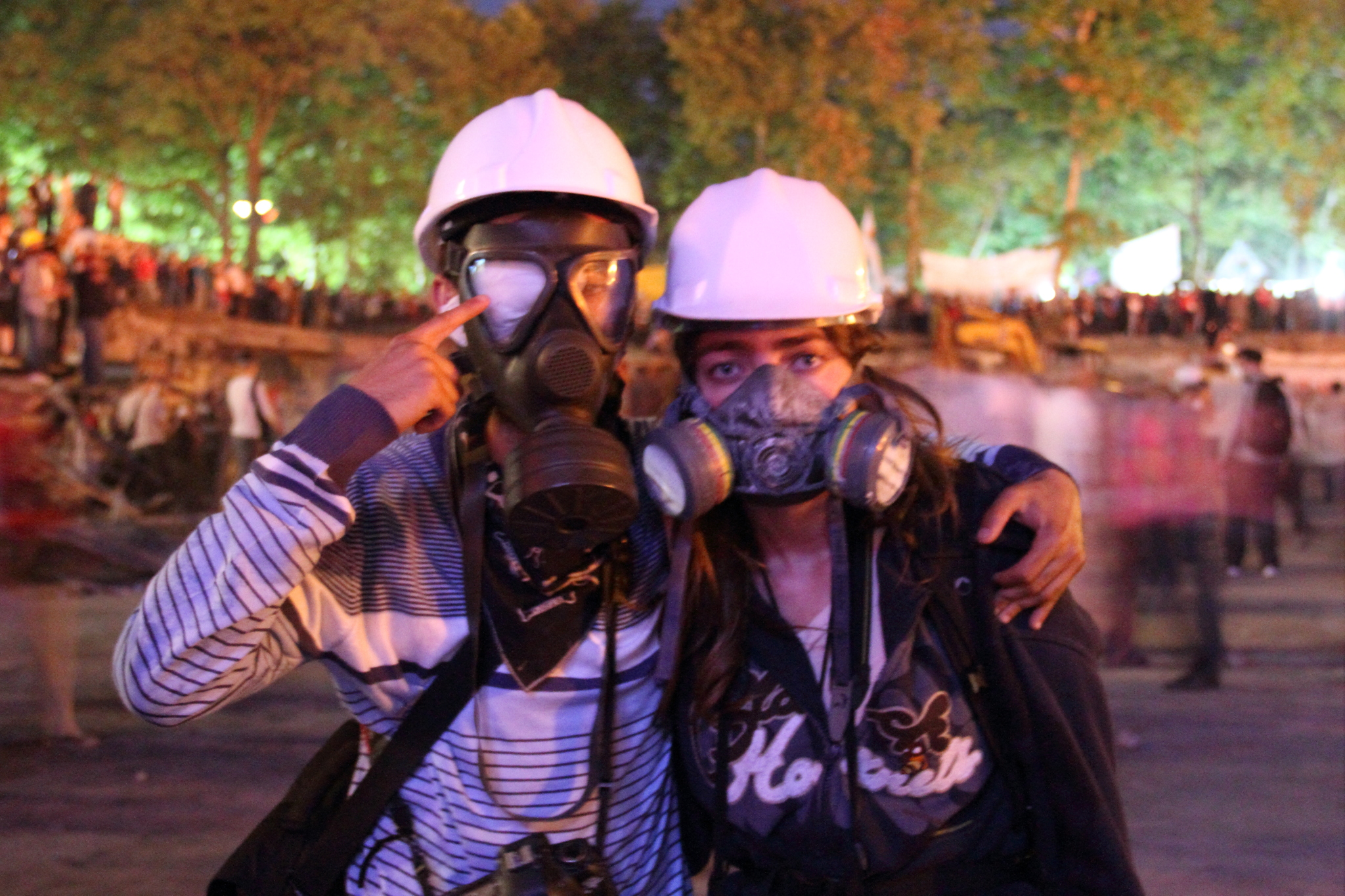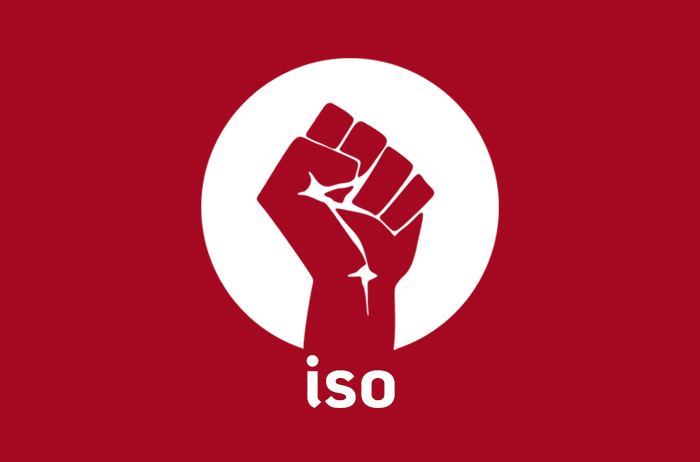The pre-amble to the constitution of India declares it to be a sovereign, socialist, secular, democratic republic. It is an admirable vision for the country. In reality one could argue, plausibly, that none of those terms are applicable to the Indian state, at least not on the national level.
The previous decade has seen a concerted erosion of that democratic, egalitarian vision under Prime Minister Narendra Modi and his ruling Bharatiya Janata Party (BJP). The BJP has overseen a level of economic inequality in India that is now higher than it was under British rule, a reinvigorated politics of majoritarian religious violence, and flagrant repression of political opponents and dissidents. They have faced corruption scandals and large protests, most notably the 2020-2021 farmers’ protests, which saw 250 million workers join in opposition to pro-corporate reforms.
Despite this, the BJP remains popular, and commentators had broadly picked Modi to win his third term with a resounding majority at the 2024 general election – a mammoth 44-day process which concluded on 1 June. The BJP itself deployed the slogan ‘Abki Baar 400 Paar’ ‘This Time Surpassing 400’, signalling a goal of winning 400 parliamentary seats out of the 532 on offer. Senior BJP officials were not shy in explaining the target, stating that such dominance would enable them to change the constitution. They specifically aimed to remove “unnecessary things” that alluded to secularism, socialism and “provisions and laws that oppress Hindus.”
The election results went in the other direction, with the BJP dropping from 303 seats to 240, losing their majority. While they are still able to form a government with coalition partners, it is considered a consensus defeat for a party and leader that had started to develop an air of invincibility around them.
Most notable was their defeat in the largest state, Uttar Pradesh, where the BJP only managed to win 33 of the 80 seats, a significant drop from their 62 seats in the last election. Uttar Pradesh, which sits within the Hindi Belt, is considered a BJP stronghold and a base for their Hindu nationalist (Hindutva) politics. In fact, the focal point of Modi’s election campaign had been the construction of the Ram Mandir in Ayodhya, Uttar Pradesh, as a symbol of the Hindu majority reclaiming the site of the 16th century Babri mosque, torn down by Hindutva mobs in 1992. The consecration of the still unfinished temple took place in January and was a huge spectacle with A-list celebrities of industry, cinema, and religion all in attendance. Modi gave a rousing 35 minute speech about the temple marking the beginning of India’s rise to new heights. Yet, the constituency that the temple is located in, Faizabad, voted against the BJP for the first time in 15 years.
It was the Samajwadi Party (SP) that picked up this seat and several others in Uttar Pradesh, becoming the third largest party in the country. The SP was founded in 1992 with the stated aim of “creating a socialist society that works on the principle of equality.” Their successful campaign focused on issues of social justice and drew alliances across oppressed religious and caste groups such as Muslims and Dalits, standing candidates from these diverse backgrounds in strategic seats. Perhaps more importantly, reports from Uttar Pradesh voters highlight widespread frustration over low wages and high unemployment, and a cognisance that the BJP rolling in and out of town with their political circus has not improved these economic conditions in any way.
So while the BJP is set to remain in power for the next five years, their mandate has been significantly curtailed, and they may be forced to reconsider how far their religious chauvinist strategy can go. This is a welcome development which opens more democratic space. Likewise, the electoral success of the SP lays out a roadmap for Indian opposition parties to build broad-based coalitions of workers and oppressed groups and to focus on addressing economic inequality.
Hindutva In New Zealand
In January 2024, as Modi was stirring up communal fervour in Ayodhya, Auckland Hindu organisations held a parallel local event ‘Ayodhya In Eden Park’, at the outer grounds of the nation’s largest stadium. There were reportedly 12,000 attendees celebrating the consecration of the Ram Mandir, including the High Commissioner for India, Co-Deputy Prime Minister David Seymour, and Minister for Ethnic Communities Melissa Lee.
The event was functionally a Hindutva rally, but without the knowledge and context of the political situation in India—and the Hindutva eco-system that local groups function within—a layperson wouldn’t recognise this. Lack of public awareness has allowed Hindutva groups to operate without any scrutiny as hegemons in the Kiwi-Indian cultural scene, and they are frequently portrayed in the media as impartial community voices. It has also created a certain level of plausible deniability, illustrated best when David Seymour exclaims “Jai Shree Ram!” at the rally – a once innocuous Hindu phrase, which has now become a war-cry for Hindu nationalists as they terrorise Indian Muslims. Hindutva adherents understand what the phrase signals, and gleefully broadcasted that video of Seymour to their counterparts around the world.
But links between local organisations and Hindutva are not hidden. The webpage for the Eden Park event features writings from the founder of the Vishva Hindu Parishad (VHP), a right-wing Hindutva organisation central to the Hindutva network, who are also on the FBI watch-list as religious militants. In fact the Hindu Council of New Zealand is literally the local arm of the VHP, and registered themselves as such in 2007.
Former President of the Hindu Council, Vinod Kumar, appeared on TVNZ’s Q+A show in April 2024 to deny the reality of religious violence in India, claiming that “the media” was “playing games” and falsely accusing Hindus of crimes. Interestingly, he went on to confirm that the Rashtriya Swayamsevak Sangh (RSS), the fascist paramilitary arm of the BJP, does operate in New Zealand, but asserted that they are also being misrepresented and are only trying to “save our people.”
It is a huge failing of the New Zealand media and political landscape that these direct extremist links haven’t raised alarm bells and been interrogated further. Instead these groups have largely achieved their goal of amalgamating the Hindu cultural space, which has an outward image of peace, tolerance and liberalism, with Hindutva—a violent conservative ideology. It’s a contradiction that is best revealed for its cynicism when Hindutva ideologues weaponise progressive language of indigeneity and decolonisation, while supporting the right wing global political forces that oppress indigenous people, minorities, and even low caste Hindus.
In these conditions, bold criticism of Hindutva in New Zealand has been left to a handful of individuals, themselves usually Hindus, motivated to resist the misappropriation of their religion as justification for the Hindutva project. They are met with trolling, harassment, and alienation from their families and communities.
It’s far past time that we created space for more brave people to raise their voices against Hindutva.
Inquilaab Zindabad!

